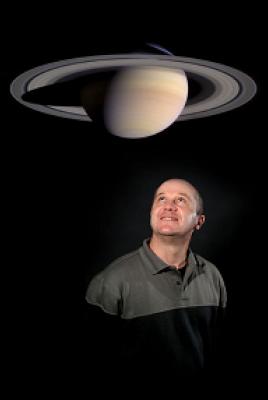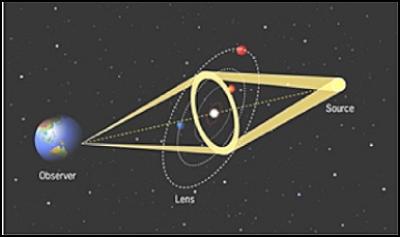Parent star to new planet identified
Friday, 11 August 2006, 12:08 am
Press Release: Massey University
Parent star to new planet identified


Friday, August 11, 2006
Parent star to new planet identified
The host star to a distant planet discovered in 2003 from the Mt John Observatory in Canterbury by a team of New Zealand astronomers has been identified using NASA's Hubble Space Telescope.
Dr Ian Bond, an astrophysicist at Massey’s Auckland campus, says the results are a significant breakthrough in planetary formation theory.
“We now have a technique that can provide crucial tests of theoretical models of planetary formation. If in the future, giant planets continue to be discovered only around higher mass stars then this will confirm these theories. On the other hand if we start seeing them around low mass stars then a rethink of the theories would be necessary.”
Dr Bond was part of a NZ/Japan collaboration that first identified the planet using a new technique called gravitational microlensing.
At the time, the merged light from the planet’s host star and the background star could not be separated using telescopes at Mt John so Dr Bond requested further observations using the Hubble Telescope.
“We essentially had a planet we couldn’t see, orbiting around a star we couldn’t see, so needed the Hubble Telescope to have any chance of isolating the host star of the planet,” Dr Bond says.
Advertisement - scroll to continue reading
The telescope is based 380 miles above the Earth’s surface, and data is collected by the Space Telescope Science Institute at the Johns Hopkins University in Baltimore, Maryland.
The high imaging resolution capabilities of the telescope enabled the separation of light from foreground and background stars by observing the subtle colour differences between the two stars.
As a result, the National Aeronautics and Space Administration and New Zealand astronomers have now determined that the planet is approximately two and half times the mass of Jupiter orbiting a star about 65 per cent the mass of our own Sun.
The leader of the Hubble team, David Bennett of the University of Notre Dame in the United States, says identification of the host star was critical for a complete understanding of planets discovered by microlensing.
The newly discovered host star is catalogued as OGLE-2003L-BLG-235/MOA-2003-BLG-53L.
Dr Bond says the microlensing technique takes advantage of the random motions of stars.
“Stars are typically too small to be noticed without precise measurements, but if one star passes precisely enough in front of another star, the gravity of the foreground star acts like a giant lens, magnifying the light from the background star.”
Dr Bond says a planetary companion around the foreground star can produce additional brightening of the background star. This additional light can reveal the
planet which is otherwise too faint to be seen by telescopes.
Images and additional information about this research are available on the Web at:
http://hubblesite.org/news/2006/38
ENDS
Advertisement - scroll to continue reading
a.supporter:hover {background:#EC4438!important;} @media screen and (max-width: 480px) { #byline-block div.byline-block {padding-right:16px;}}
Using Scoop for work?
Scoop is free for personal use, but you’ll need a licence for work use. This is part of our Ethical Paywall and how we fund Scoop. Join today with plans starting from less than $3 per week, plus gain access to exclusive Pro features.
Join Pro Individual Find out more
Find more from Massey University on InfoPages.